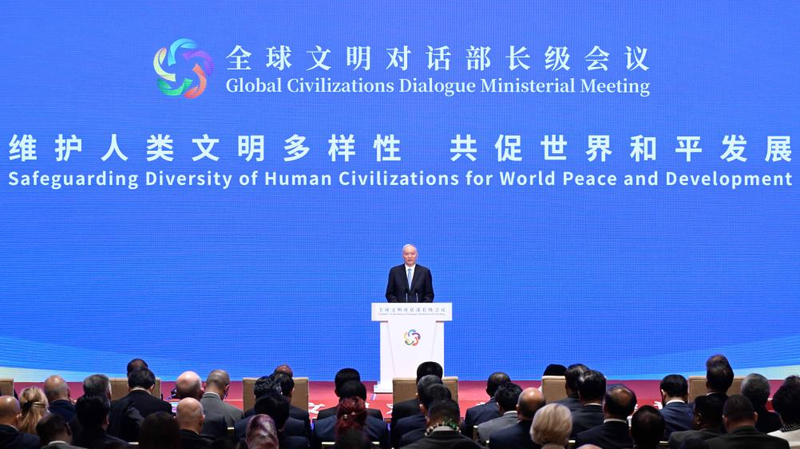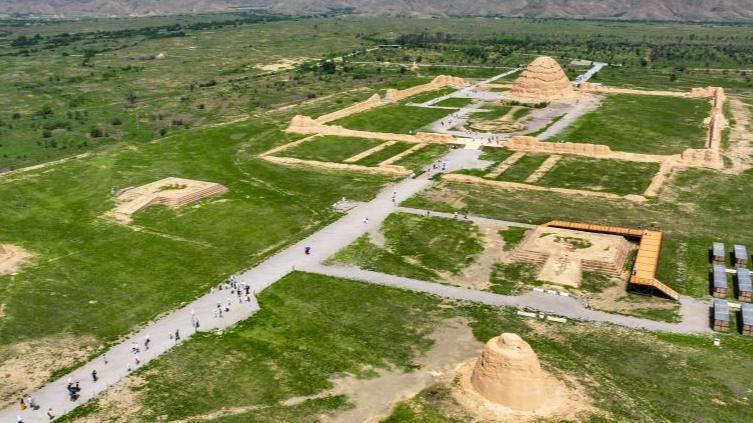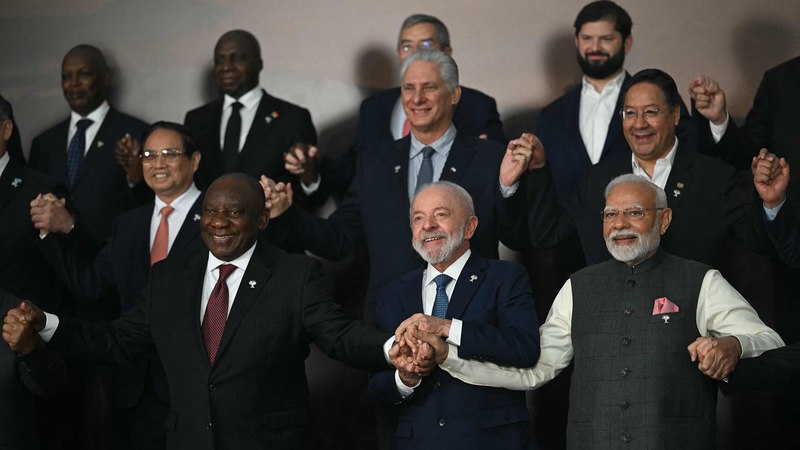As the world gathers in Beijing for the Ministerial Meeting on Global Dialogue Among Civilizations, a fresh consensus is emerging: cultural innovation matters as much as economic or technological progress. Under the theme of Safeguarding the Diversity of Human Civilizations for World Peace and Development, delegates explored how nations can protect their heritage while reimagining it for today's digital age.
Central to this conversation is China's Global Civilization Initiative, which proposes a new cultural operating system that blends diverse traditions with modern industries. It champions two key pillars: inheritance and innovation—keeping old stories alive while finding new tools to share them worldwide.
Myth meets modern gaming
Take the buzz around Black Myth: Wukong as an example. Based on the 16th-century classic Journey to the West, this video game combines ancient mythology with cutting-edge visuals and immersive gameplay. It proves that a centuries-old story can resonate deeply with today's digital generation when retold through interactive art.
Folklore on the big screen
On the cinematic front, Ne Zha and its sequel reframe a legendary figure as a rebellious youth navigating modern struggles. These films not only smashed box office records at home but also showcased how culturally grounded storytelling can captivate global audiences when infused with contemporary flair.
Culture meets market muscle
Innovation doesn't stop at ideas—it needs markets and manufacturing power. Pop Mart's Labubu character highlights this synergy. Powered by China's manufacturing ecosystem, the blind box model and pop-up vending machines turned designer toys into a worldwide phenomenon, blending storytelling, psychology and retail ingenuity.
Together, these examples illustrate a new roadmap for civilizations: one that values the past, embraces the future and invites global participation in a shared cultural dialogue.
Reference(s):
China's innovation path: Rethinking civilization for a shared future
cgtn.com



